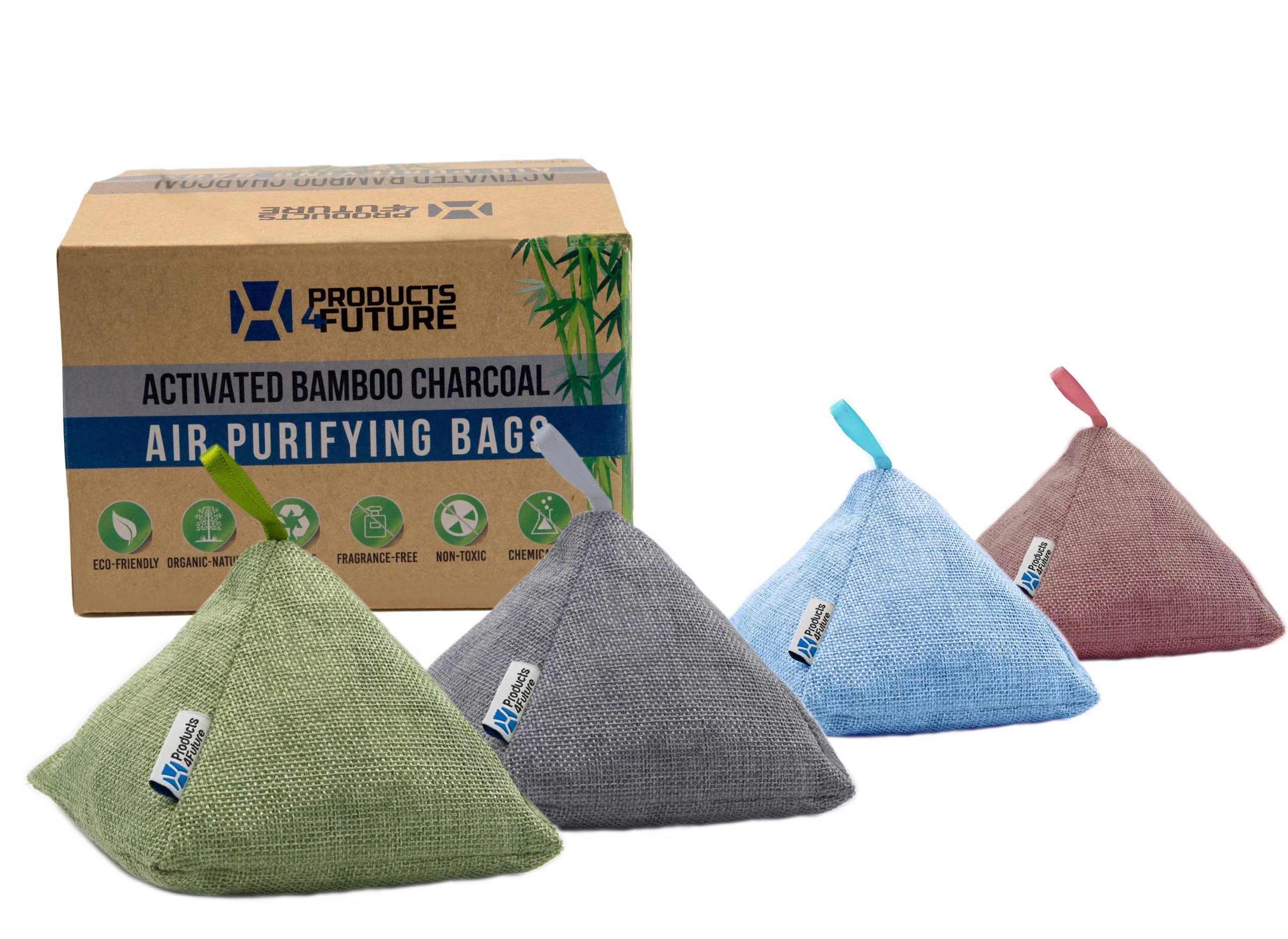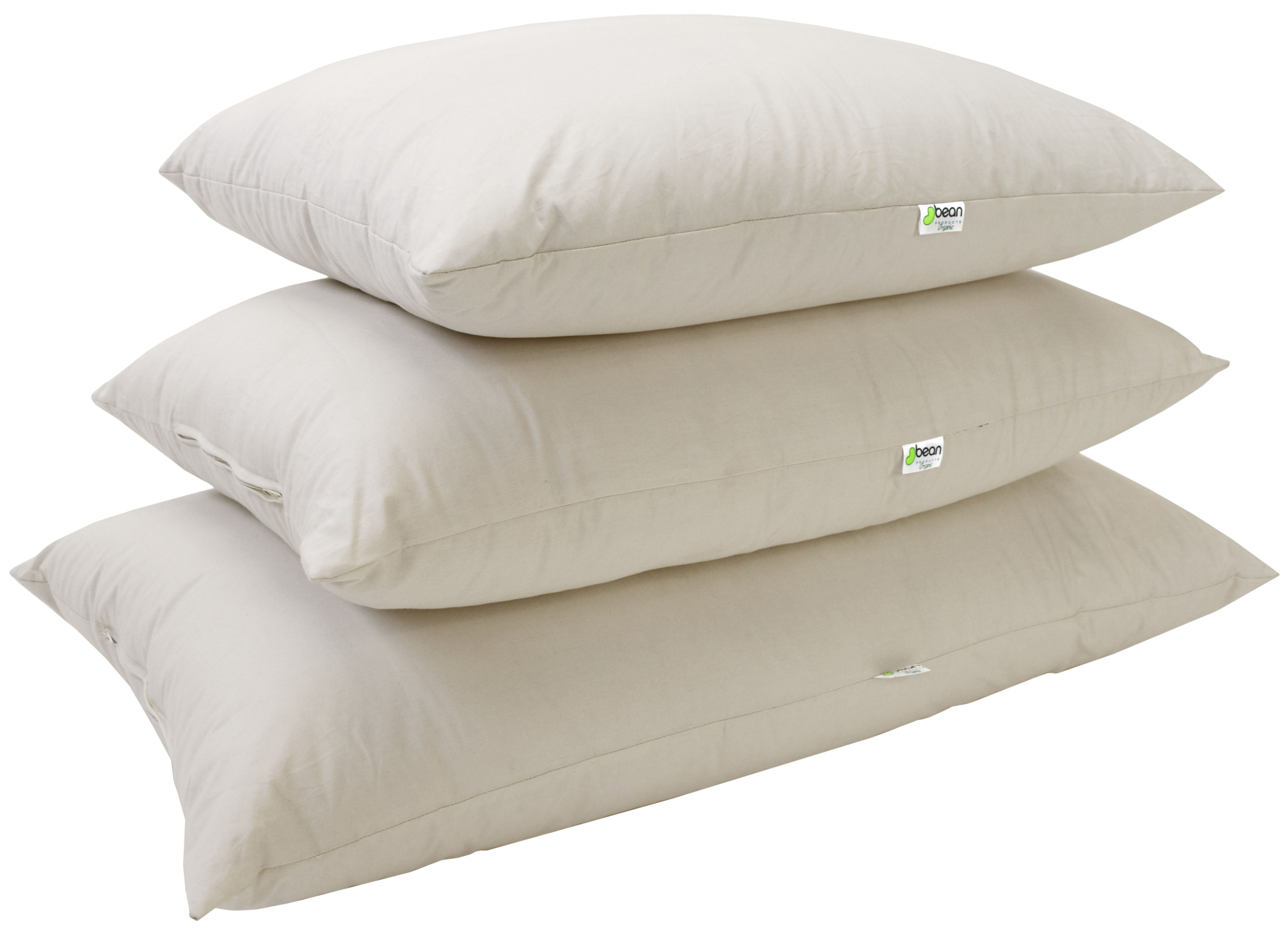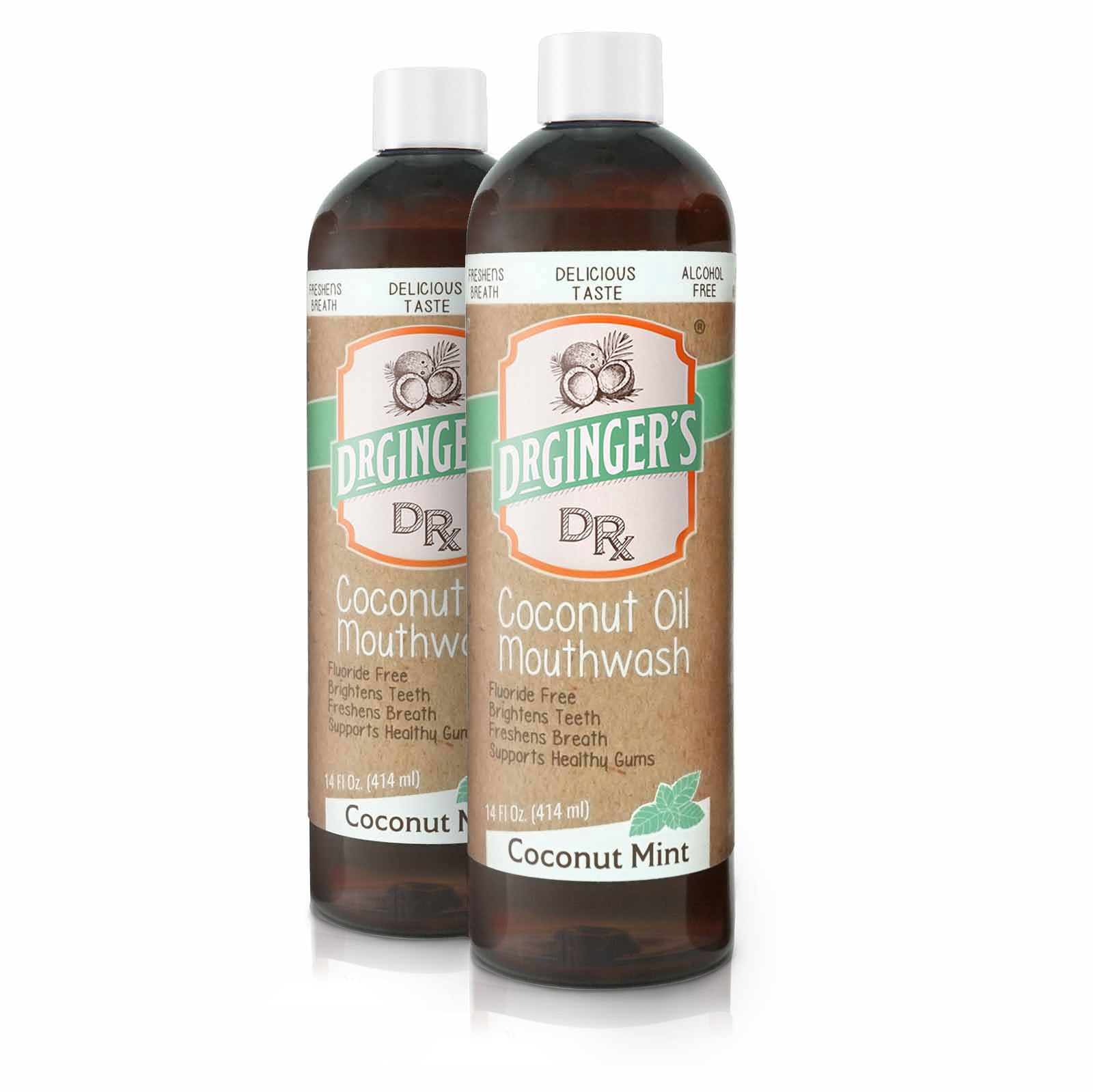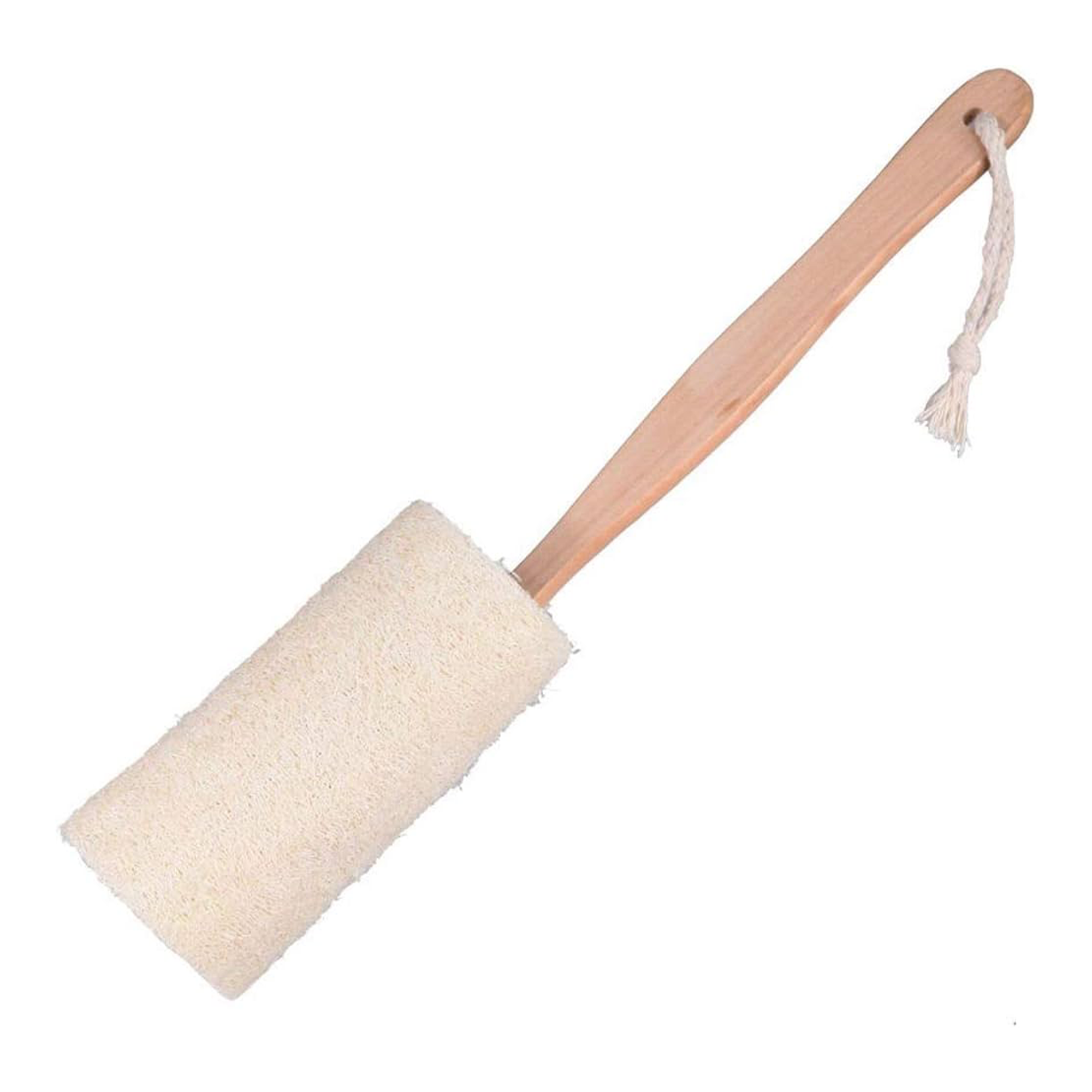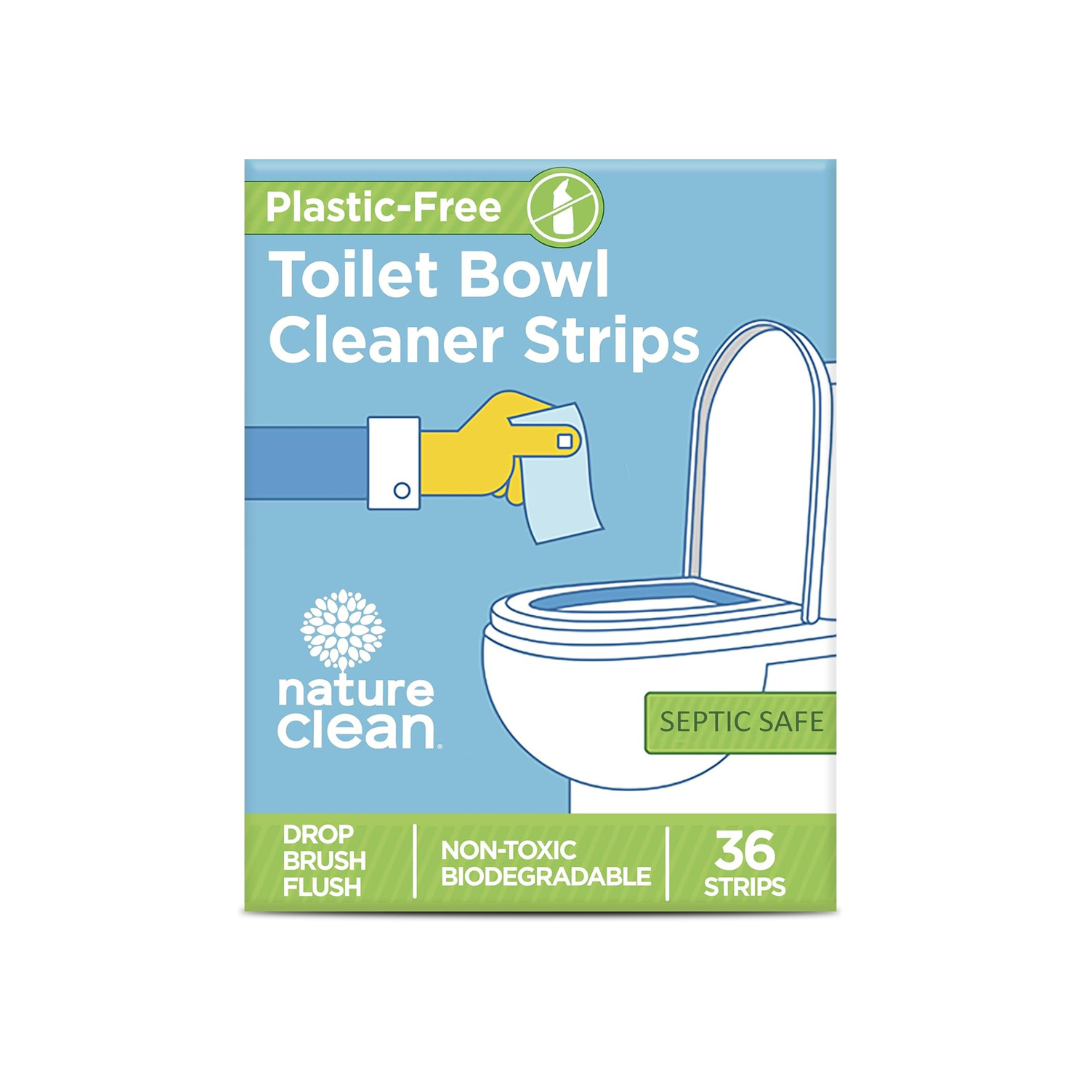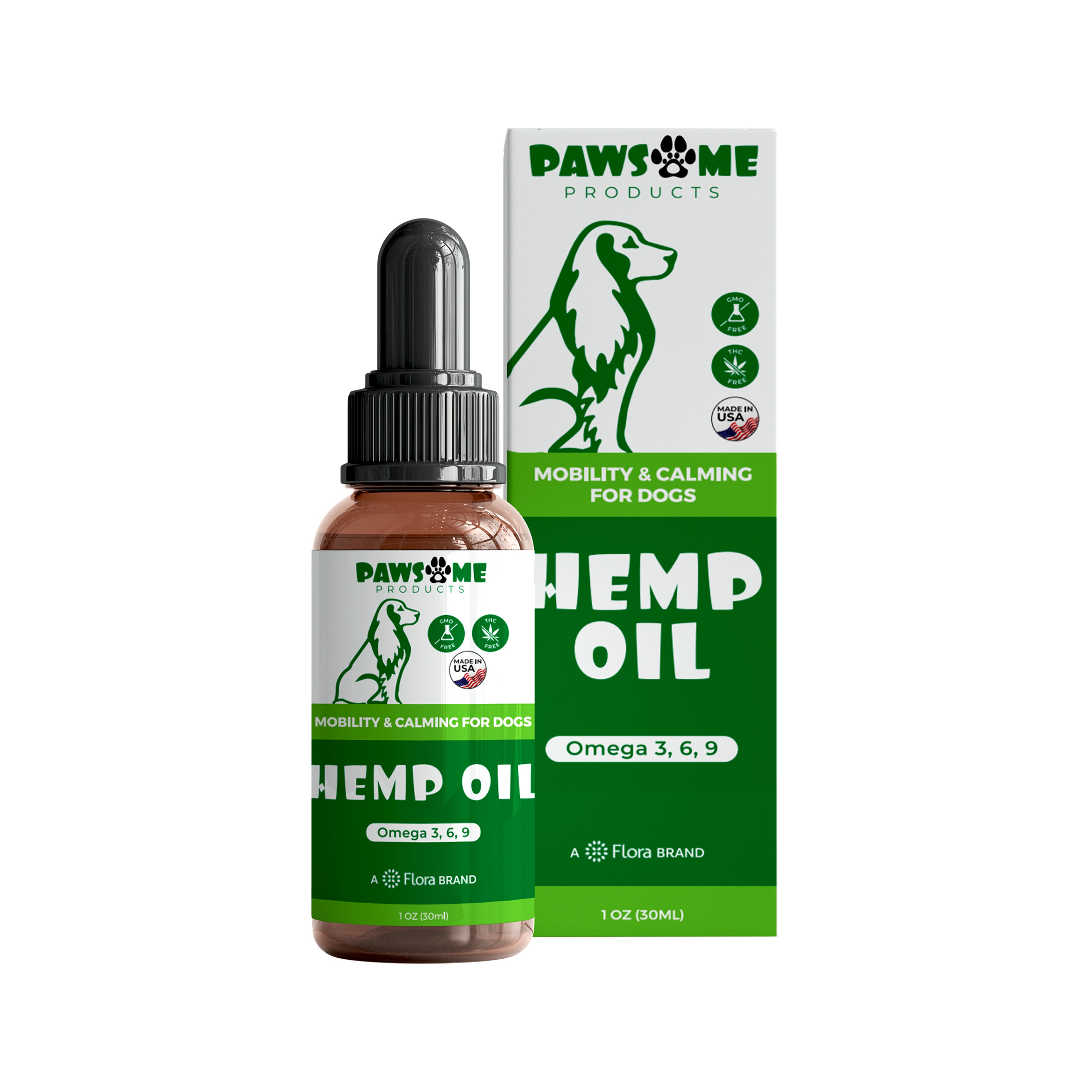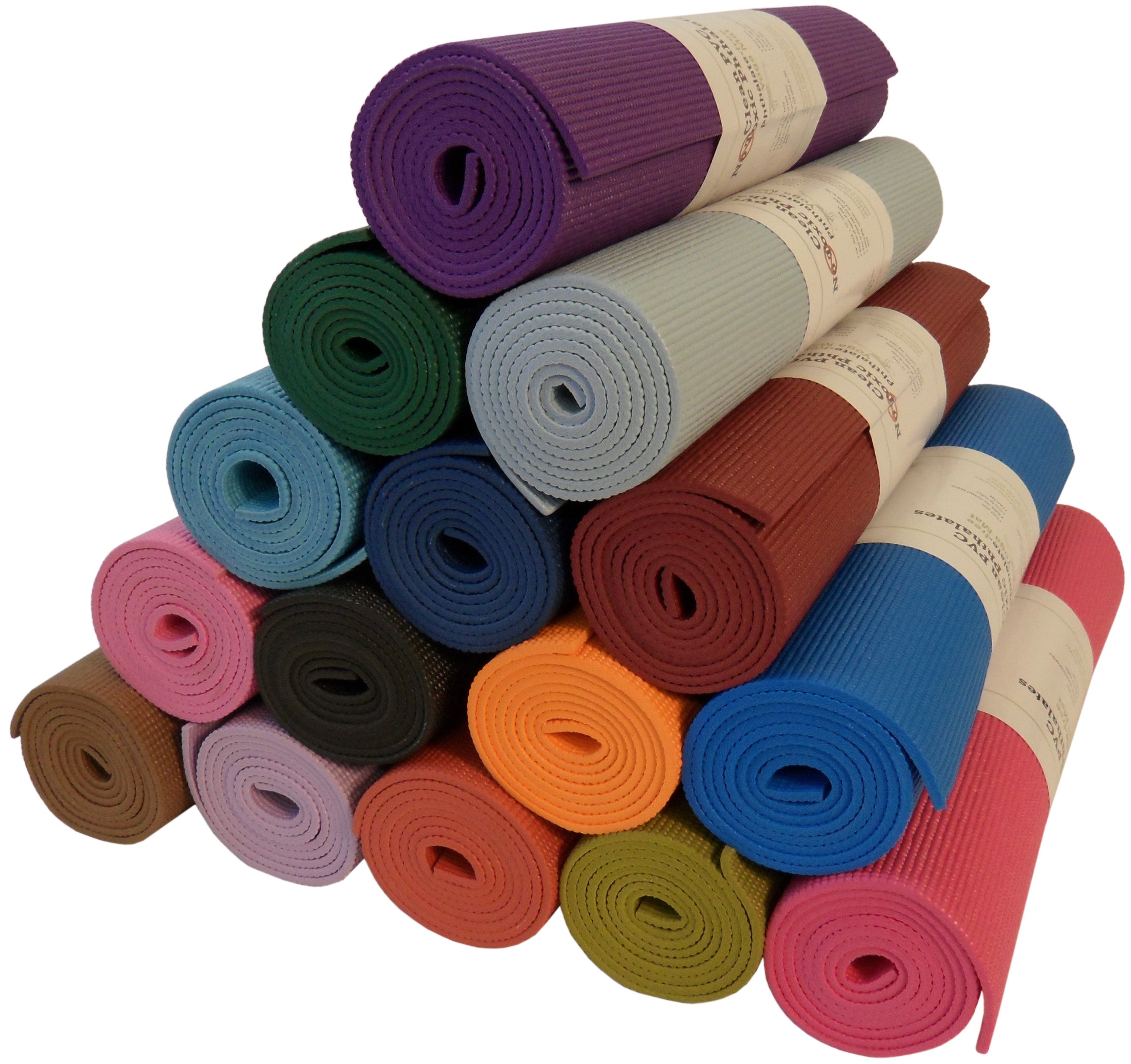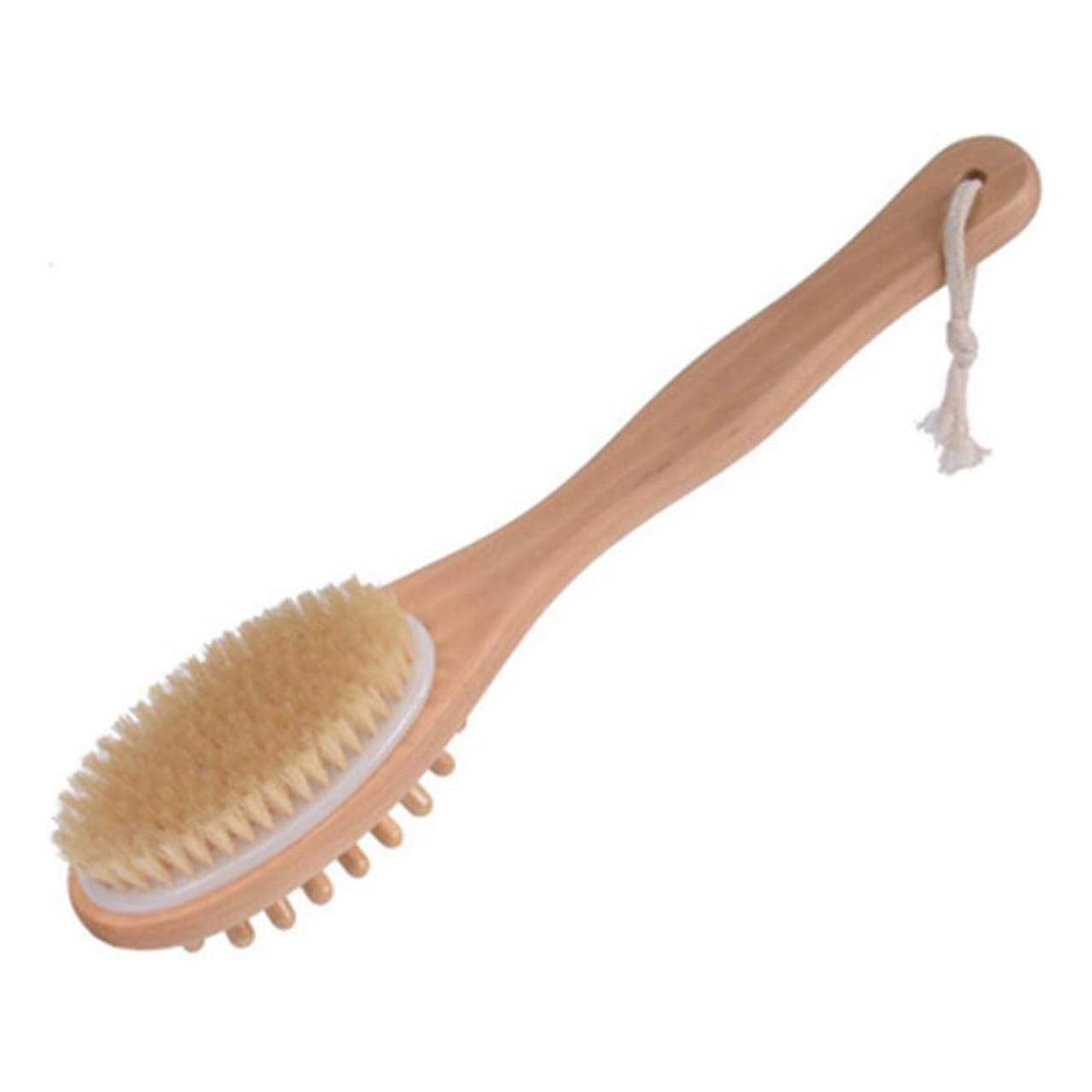Winterizing your home is not just a necessity but a smart decision to improve energy efficiency and reduce heating costs during the cold months. This process involves preparing your home to withstand the winter weather while maximizing energy savings. Benefits of properly winterizing your home include lower energy bills, increased comfort, and a significant positive impact on the environment by reducing carbon footprint.
Conducting a Home Energy Audit
-
Identify Key Areas of Heat Loss: Before making any changes, it’s essential to understand where your home is losing heat. This might include drafty windows, uninsulated attics, or gaps around doors.
-
Importance of Energy Profile: Conducting a home energy audit (How to perform a home energy audit) helps you pinpoint specific areas that need improvement and can guide your efforts in winterizing your home effectively.
Insulation and Sealing Basics
Proper insulation and sealing are crucial for maintaining a comfortable indoor temperature and ensuring your home does not waste energy. Key areas to focus on include:
-
Windows and Doors: Apply weather-stripping or caulking to seal any gaps, reducing drafts and heat loss.
-
Attic Spaces: Ensure that your attic is properly insulated as it is one of the common places where heat escapes. Using the right insulation materials (Energy Star certified products) can make a significant difference.
Heating System Efficiency
-
Maintaining Heating Systems: Regular maintenance of your heating system ensures it operates at peak efficiency. Replace filters and check for any needed repairs before the cold season begins.
-
Upgrading to Programmable Thermostats: Installing a programmable thermostat can help manage your heating needs without manual intervention, thereby enhancing energy conservation and reducing costs.
Window Treatments for Insulation
-
Thermal Curtains and Double-Glazing: Utilizing thermal curtains or installing double-glazed windows can dramatically reduce heat loss. These treatments provide an additional layer of insulation, keeping the warm air inside and the cold air outside.
-
DIY Insulation Tips: Simple DIY solutions like using a window insulation kit can also be effective. These kits are readily available and can be a cost-effective way to improve your home’s energy efficiency.
By taking these steps, you can ensure that your home remains warm and energy-efficient throughout the winter months, leading to significant savings and a more comfortable living environment.
Advanced Insulation Techniques
Improving your home's insulation goes beyond just patching up obvious drafts. Consider these more sophisticated methods for enhancing your energy conservation:
-
Attics and Basements: These areas are often overlooked but crucial for maintaining an energy-efficient home. Ensure that your attic and basement are not only insulated but also properly sealed from any air leaks.
-
Recommended Insulation Materials: High-quality options like spray foam, rigid foam boards, and blown-in cellulose can provide superior insulation. For guidance on the best materials to use, check out Energy Star's guide to energy-efficient products.
Smart Home Technologies
Integrating smart home technologies can significantly enhance your home’s energy management:
-
Smart Thermostats: These devices learn your heating and cooling preferences and adjust the temperature automatically to optimize energy usage.
-
Energy Monitors: Install energy monitors to track electricity usage in real time, helping you pinpoint where you can cut back. Learn more about these devices in our guide to using smart devices for a sustainable home.
Lifestyle Adjustments for Energy Conservation
Small changes in daily habits can lead to big savings on energy bills:
-
Adjust Your Thermostat: Lowering your thermostat by just a few degrees during winter can significantly reduce your heating costs.
-
Water Heating: Opt for lower temperature settings and consider insulating your water heater to prevent heat loss. Check out more tips on our eco-friendly living tips for colder months page.
Preparing for Extreme Cold
When extreme cold weather is forecasted, taking additional steps can help protect your home and maintain efficiency:
-
Emergency Kits: Ensure you have a winter emergency kit that includes essentials like water, food, and warmth items.
-
Protect Exterior Pipes: To prevent freezing and bursting, insulate pipes that are exposed to severe cold.
FAQs
Q1: What are cost-effective ways to winterize a home?
-
Focus on sealing drafts and adding insulation. DIY methods like applying plastic film over windows can also be effective and low-cost.
Q2: How do I ensure my home’s insulation is adequate?
-
Conduct an energy audit to assess the current state, and compare it against Department of Energy's tips for winter preparation.
Q3: Can smart devices significantly reduce my energy bill in winter?
-
Absolutely! Smart thermostats and energy monitors can adjust to the most efficient settings without sacrificing comfort, optimizing your home's energy usage.
Q4: What are the first steps in conducting a home energy audit?
-
Start by checking for drafts around windows and doors, inspecting insulation in the attic, and considering a professional audit for a more comprehensive assessment. Learn the steps in detail in our Guide to performing a home energy audit.
By implementing these advanced strategies and addressing common FAQs, homeowners can effectively enhance their home's energy efficiency, reduce environmental impact, and enjoy a warmer winter season.




